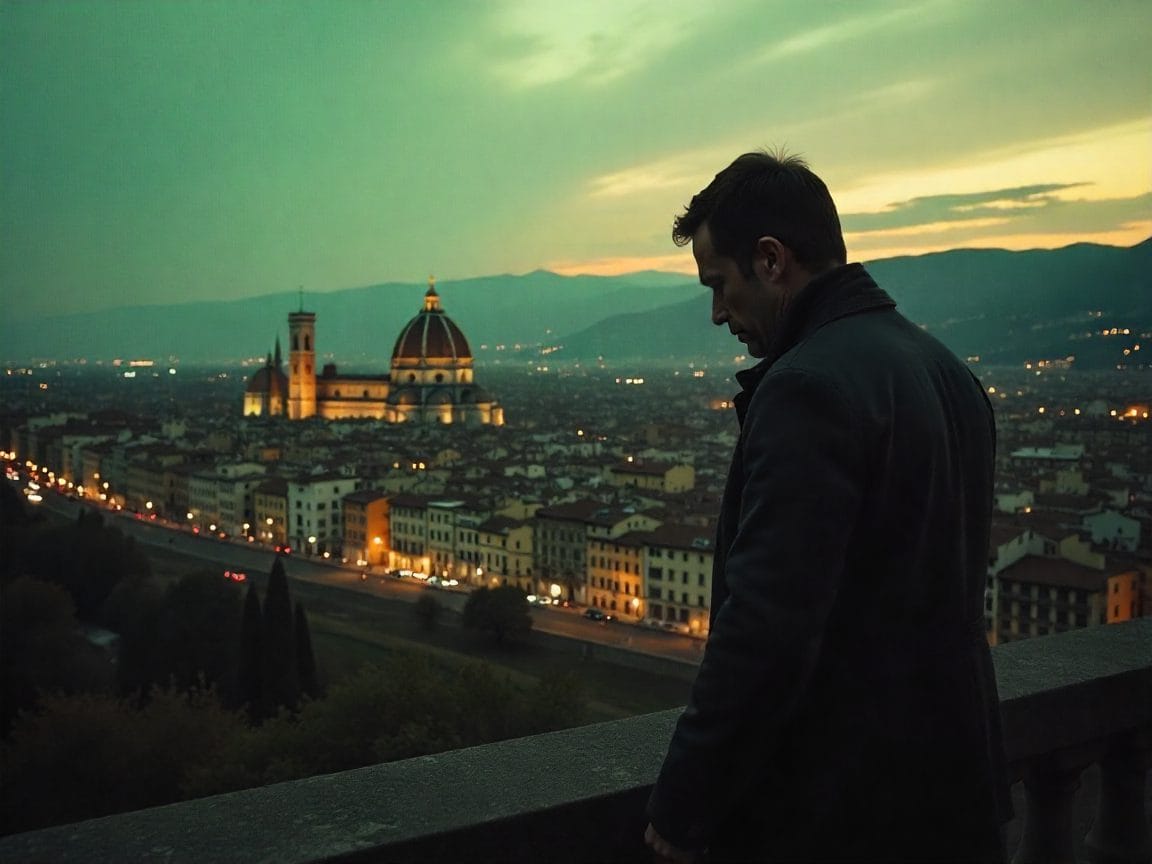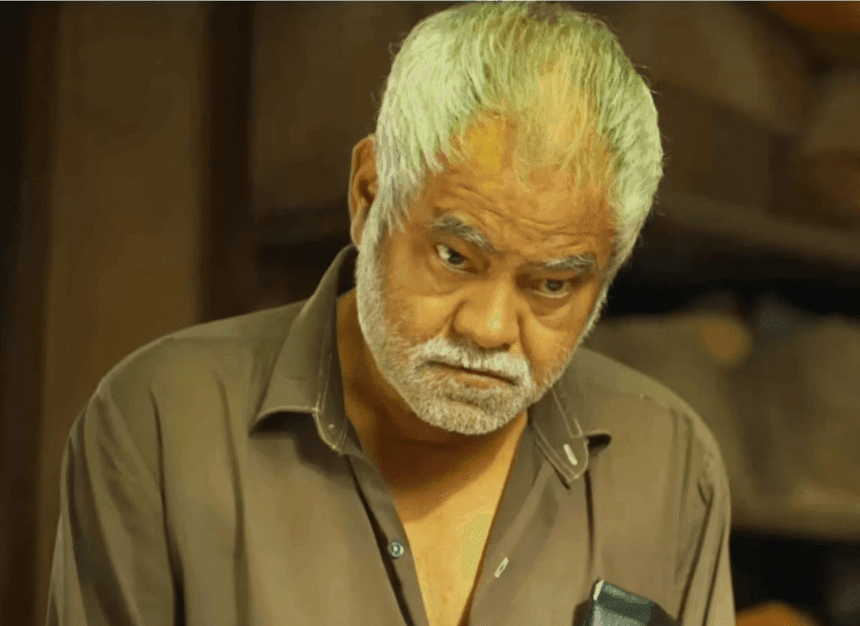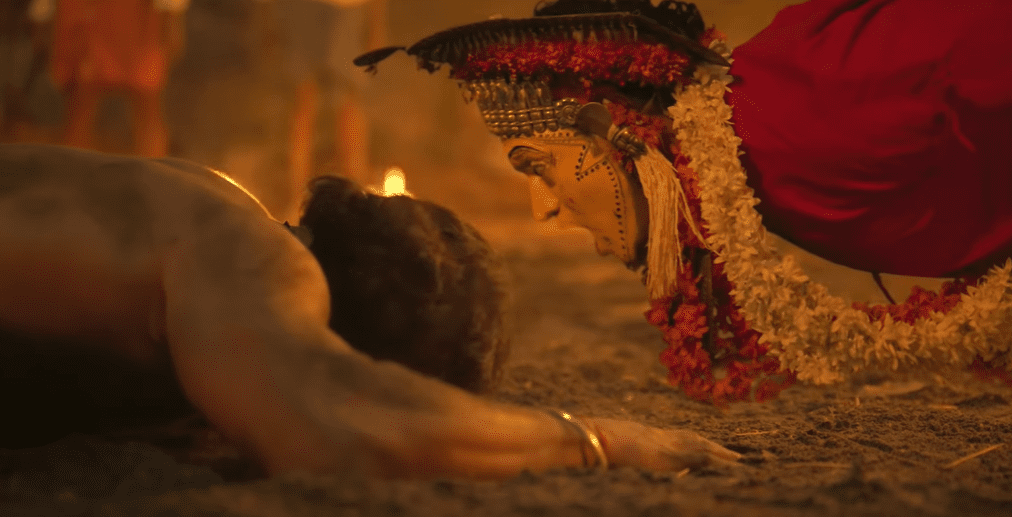
Table of Contents
Netflix’s The Monster of Florence is more than a documentary. It’s an unflinching exploration of evil, obsession, and fear. It grips from the first frame to the haunting final moments. It takes a terrifying real-life mystery — Italy’s most infamous string of unsolved murders. The show transforms it into an immersive psychological journey. This journey exposes not only the killer’s shadow but also the darkness buried within society itself.

This Netflix true-crime docuseries doesn’t follow the formula of sensationalist crime shows. Instead, it delivers a slow-burning, cerebral narrative built on atmosphere, investigation, and emotional depth. Directed with meticulous care, it recreates the mood of a nation haunted by an unseen predator. The story also portrays a justice system consumed by confusion. Every moment feels deliberate. The pacing, the silences, and the visuals all conspire to draw viewers deep into a story. In this story, answers are elusive, and truth is stranger than fiction.
The Story That Terrified a Nation
Between 1968 and 1985, a series of double murders near Florence sent shockwaves through Italy. Seven couples were brutally slain while parked in secluded countryside areas — crimes so calculated and perverse that investigators dubbed the killer Il Mostro di Firenze — The Monster of Florence. Over the decades, countless suspects were investigated, theories proposed, and reputations ruined. Yet, the case remains unsolved.
Netflix’s The Monster of Florence revisits the case with a powerful blend of investigative journalism, historical footage, and firsthand testimony. The documentary explores not only what happened but why — why this case gripped Italy’s imagination and how the collective fear it generated became its own form of madness. It reveals a country unraveling under the pressure of paranoia and obsession, where every man was a suspect and every shadow concealed danger.
The brilliance of the storytelling lies in its refusal to simplify. The series portrays the victims as real people — lovers whose final moments were stolen by brutality — and it honors their humanity rather than exploiting their deaths. By doing so, Netflix transforms this true-crime story into a social reflection on fear, guilt, and mass hysteria.
Direction and Cinematic Craftsmanship
Visually, The Monster of Florence is stunning — eerie, poetic, and immersive. The cinematography captures Tuscany’s haunting duality: its breathtaking landscapes bathed in sunlight juxtaposed with the chilling darkness of night where terror once struck. The directors play with light and shadow to mirror the moral ambiguity of the story. Long drone shots glide over fog-draped fields, while archival footage brings the 1970s and 1980s vividly to life.
Sound design also plays a crucial role. The sparse, minimalistic score doesn’t intrude but lingers like a ghost — a reminder that evil often whispers rather than screams. Every silence in this documentary is loaded with dread. The editing rhythm builds suspense, allowing each revelation to breathe before the next shock lands. The filmmakers understand that horror lies not in gore but in anticipation — in the unseen, the unresolved, and the unknowable.
The Human Side of Horror
Unlike many true-crime narratives that fetishize killers, The Monster of Florence humanizes everyone touched by the investigation — from the victims’ families to the journalists and police who dedicated their lives to unraveling the mystery. The series introduces us to real-life figures like Douglas Preston and Mario Spezi, whose pursuit of truth became a perilous obsession. Their stories reveal the psychological toll of chasing a monster that might never be caught.
Through intimate interviews, viewers witness how the case consumed personal lives, careers, and sanity. The lines between justice, vengeance, and madness blur as paranoia infects not just the police but the public. Innocent people were accused; reputations were destroyed. By portraying these consequences, Netflix elevates the series beyond simple entertainment — it becomes a study in collective trauma.
Performances and Storytelling Excellence
The documentary’s narrative structure is exceptional. Each episode unfolds like a detective novel, layering clues and contradictions with the precision of a thriller. Dramatizations are used sparingly but effectively — reimagining key moments without resorting to sensationalism. The performances are chillingly realistic, grounding the emotional weight of each revelation. Merged with real interviews and archival footage, this balance gives the story authenticity and cinematic tension.
Every participant — whether journalist, investigator, or eyewitness — appears haunted. Their recollections are tinged with regret and disbelief, as though the mystery of Florence still holds them in its grasp. The deliberate pacing invites the audience to sit with discomfort, to feel the slow unraveling of certainty. By the time the final episode arrives, you realize the documentary has subtly transformed from an investigation into a meditation on obsession and fear itself.
Historical and Psychological Depth
The Monster of Florence murders didn’t just terrify a region — they exposed the undercurrents of Italian society. Post-war distrust of institutions, the Catholic Church’s moral influence, and the tabloid-driven press frenzy all intersect in this chilling narrative. Netflix dissects how a community’s hunger for closure can corrupt justice. Investigators grew desperate to deliver answers; journalists competed to sensationalize headlines. The result was a cycle of hysteria that mirrored the darkness of the crimes themselves.
Psychologically, the series is a masterclass. It explores how evil is not just an act but a contagion — spreading through rumor, fear, and obsession. Viewers are left questioning whether the real monster was the killer or the system that fed on tragedy. This emotional and philosophical complexity is what elevates The Monster of Florence from documentary to art.
Comparison with Other True Crime Masterpieces
Fans of Mindhunter, The Staircase, or Making a Murderer will find familiar elements here — the procedural intrigue, the moral ambiguity, the emotional stakes. Yet The Monster of Florence distinguishes itself through its haunting beauty and cultural insight. Where Mindhunter analyzes criminal psychology, this series examines collective madness. Making a Murderer critiques a flawed justice system. The Monster of Florence shows how societal fear itself can become the real crime.
It’s this intellectual sophistication that gives the series staying power. Long after the final credits, you’ll find yourself replaying scenes and conversations, trying to untangle fact from myth. Netflix doesn’t spoon-feed answers — it invites viewers to engage, to think, and to feel.
The Power of Unanswered Questions
The most unnerving truth of The Monster of Florence is that it never delivers closure. The killer was never definitively identified. Evidence remains contradictory; suspects come and go like ghosts. Rather than offering neat resolutions, Netflix embraces uncertainty as its emotional core. This refusal to comfort the audience transforms the series into something profound. It’s not about finding the monster — it’s about understanding the fear that made him possible.
The final episode lingers in quiet devastation. There are no cheap thrills or dramatic confessions. There is only silence and archival echoes. We face the uncomfortable realization that evil sometimes outlives its pursuers. In that silence lies the brilliance of this storytelling. By refusing closure, it forces us to confront our own craving for answers. This craving can sometimes blind us to truth.
Final Verdict — A True Crime Masterpiece That Redefines the Genre
The Monster of Florence is a triumph of investigative storytelling — visually rich, emotionally devastating, and philosophically daring. It captures the spirit of a real mystery that continues to defy explanation and transforms it into a cinematic experience that questions what we believe about justice, truth, and humanity.
Netflix once again proves why it leads the true-crime genre. This series doesn’t just recount facts — it crafts an immersive experience that leaves viewers reflecting on the nature of evil and the fragility of certainty. It’s unsettling, intelligent, and hauntingly beautiful.
⭐ IMDb Rating Prediction: 8.7/10
🎬 Genre: True Crime | Mystery | Documentary | Psychological Thriller
⏱️ Runtime: Approximately 6 episodes (45–60 minutes each)
📺 Where to Watch: Streaming now exclusively on Netflix
In short: The Monster of Florence isn’t merely a show about a killer. It’s about a country consumed by fear. It also explores a justice system unraveling and the darkness that lingers in the human soul. It’s one of the most haunting, intelligent, and unforgettable true-crime documentaries ever produced.







